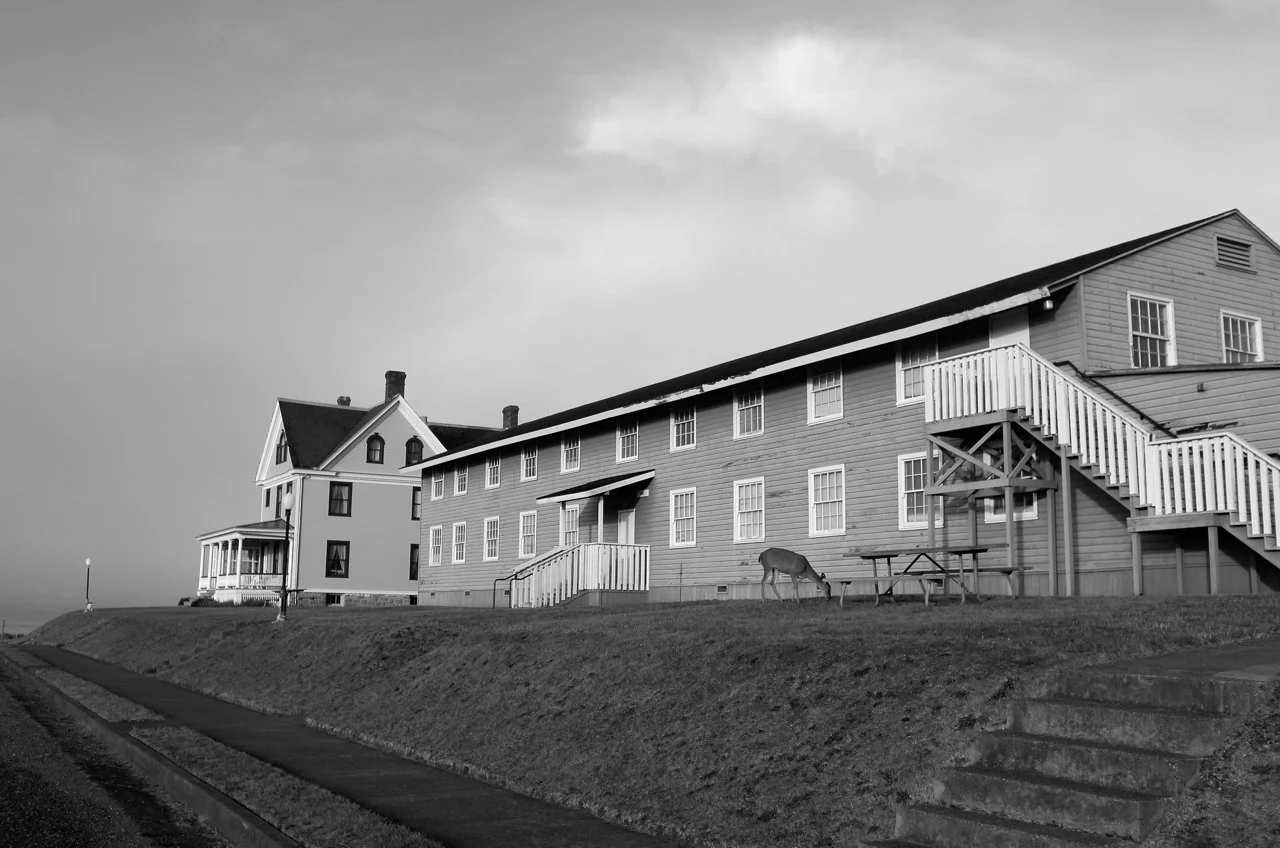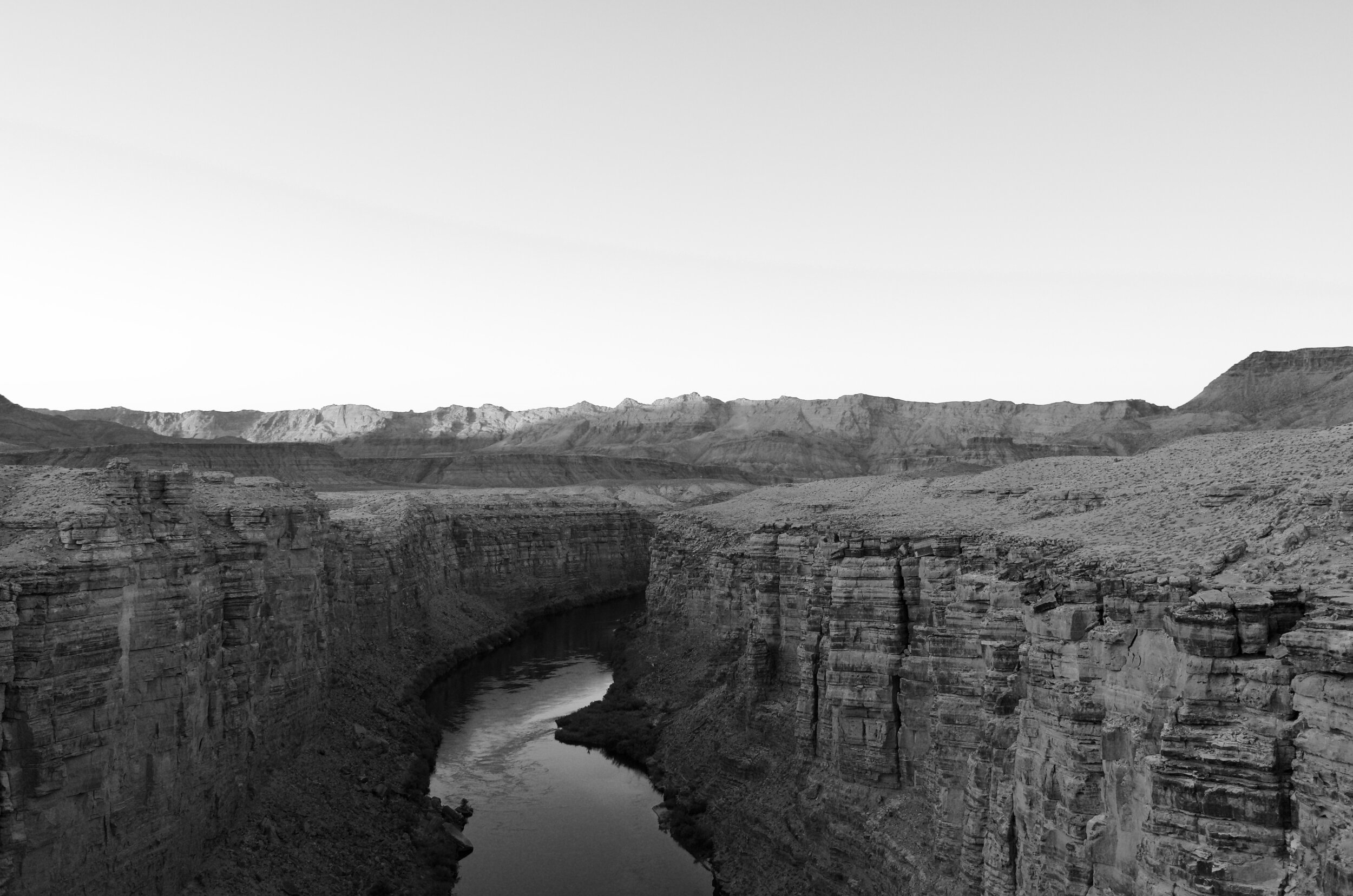Road Trip 2020
I love every bit of Washington, but my does Oregon have us beat when it comes to beaches. I was not at all expecting such light, such shapes, such arrangements of space.
Roman Hours vol. 2.1
Tiburtina Station RedesignAfter a layover in Rome's newly re-imagined Tiburtina--and what times these Romans have ahead of them! Finally, a station worthy of its approach!--my wife and I boarded the new train line, Italo Treno, for Naples. Since the service just launched this Summer, they're offering 20 euro fares to all the major cities they visit (adding Venice and Turin soon), and though my seat faced backwards, which meant I was curled up in the aisle facing front (motion sickness, see?), how nice it was to find oneself on a clean and modern train, to have waited for it in an air-conditioned lounge with free wi-fi before boarding, to have booked tieckets from a beautiful, simple website, and to have been aided by an army of young, smartly-dressed attendants.
Travel Tip: Getting to Rome

The train ride from Roma Fuimincino Airport has been bad for decades, but it's gotten worse recently, and now ranks among the worst things to be experienced by the sensual animal. Everything grates: it's filthy as a port-a-john, there's plastic everywhere and graffiti on that; all alert systems are red since it feels both crowded and dangerous. What's more, the A/C is broken, and has been on all five of my trips to Rome, and, somehow, psychotically, they've bolted all the windows shut. The temperature inside hovers around 100 and one thinks she can imagine the smell, but is still surprised experiencing it. And it's slow. And takes you through the worst part of town. And it's expensive: between 8 and 25 euro depending on which line you get in and whether the man working the desk thinks you look like prey. And th ensigns directing you to the "station" are held up with tape. You get the idea. Half of the visitors' Roman dreams are dashed in sweaty Satanic reality before one even crosses the Flaminian gate.
Dresden + Berlin

If Dresden had an unreal quality to it, it wasn't because one felt like he was (the troll or the prince?) walking around in a fairy tale, though once it would have felt just that way, awash in Baroque exuberance. Rather, despite its small beauty and typically European good sense, its unreality, its sense of foreignness came from the open space and new construction that made the whole city into an open-air shopping mall. So many perfect surfaces disinvite the imperfect creature from resting, even visually, in the townscape, the way insects feel out-of-place in a clean room.
Upon Arrival
City Library
What it's Like Living in a 500-year-old Building
When my wife and I first moved to Germany, we thought we might live in Stuttgart, the main metropolis in Baden-Wurttemberg, and that I would commute to Tuebingen to teach classes. Once we saw the sleepy, lovely, medieval college-town of Tuebingen though, we knew immediately that it would make a better home base. Unfortunately, everyone else seems to have had the same idea and so the small town was experiencing an unprecedented housing shortage. Students literally dropped out of the University because they couldn't find a place to live.





